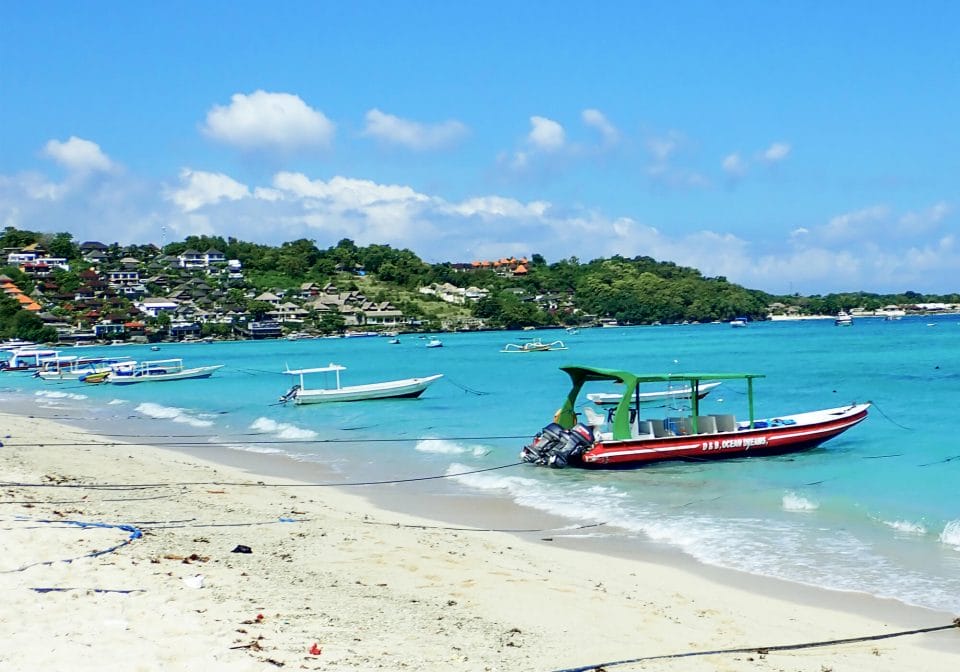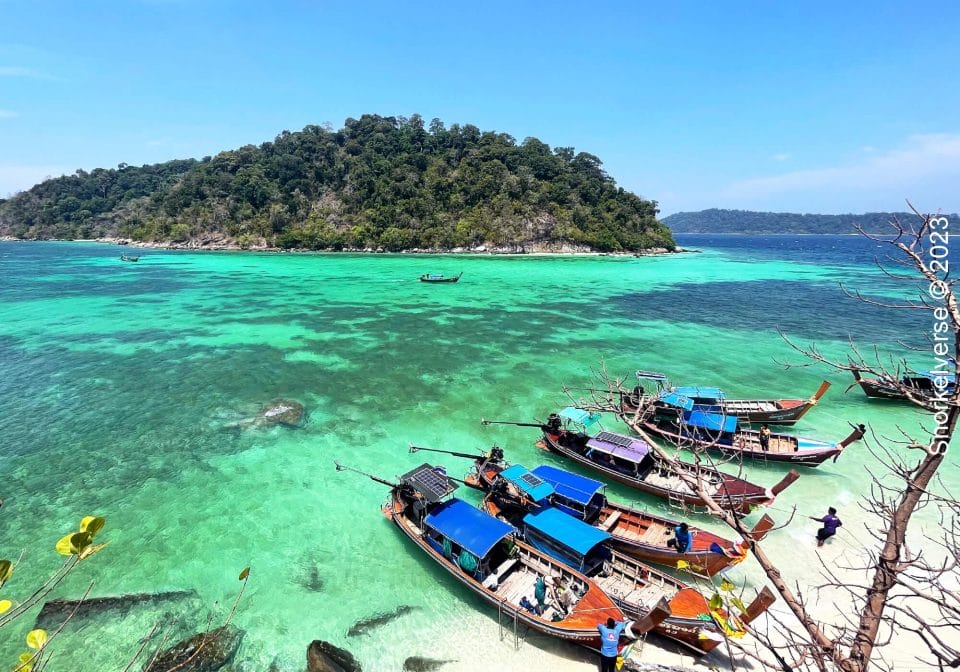

Description
Clark’s Anemonefish (Amphiprion Clarkii) is a species of Anemonefish, most noticeable for its black and white striped body, and orange tail. This Anemonefish is found in warm waters in the Indo-Pacific region, Indian Ocean, and Western Pacific Ocean. These fish are found in and around Anemones, providing a symbiotic relationship, mutually benefiting each other with protection, food, and cleaning.

Habitat
Porcupine rays live tropical and sub-tropical oceans in the Indo-Pacific region, ranging from the Red sea to the Western Pacific. They live in Anemones, the tentacles provide adequate protection from predators.

Diet
Diet consists of primarily plankton, small invertebrates, and algae found on rocks and Anemone tentacles themselves.

Appearance
The Clark’s Anemonefish appearance is made up of a orange and black body, with two distinctive striped running vertically down the body, with a small white stripe just before the tail fin. They have orange fins, tail, and front of their face.

Key Features
- Most recognisable for the three white stripes running down its body.
- These Anemonefish can be found hovering above, or sheltering in the Anemone.
- Also notable for their orange and black body, which distinguishes them from other Anemonefish.

Threats
IUCN Conservation Status: Least Concerned

Frequently Asked Questions
The Clark’s Anemonefish (Amphiprion Clarkii) is found in warm waters in the Indo-Pacific region, Indian Ocean, and Western Pacific Ocean. The Anemonefish is found in and around Anemones, providing a symbiotic relationship, mutually benefiting each other with protection, food, and cleaning.
These Anemonefish diet consists of plankton, small invertebrates, and algae on rocks and on Anemone tentacles. The Anemonefish has a symbiotic relationship with Anemone, meaning they benefit one another.
The Clark’s Anemonefish have a number of predators, including larger fish such as Groupers, Snappers, triggerfish, and even Sharks. Other predators include certain species of Moray Eels, and Octopus. The Anemone the fish lives in provides protection from its stinging tentacles.







